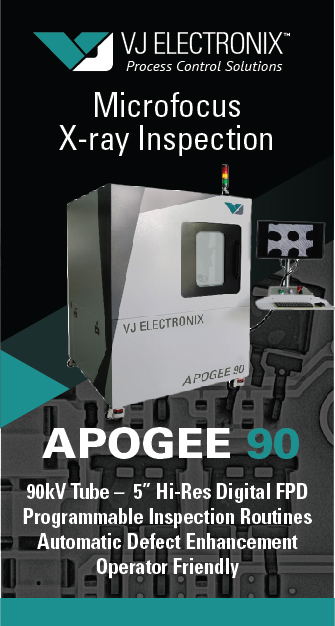1. Tell me about your company’s involvement in the medical device manufacturing industry.
2. How is working with medical device technology more stringent than other industries?
Right off the bat, if you don’t possess ISO 13485, you are not even going to be considered. We have chosen to work on devices within ‘13485 and participate in non-critical (external) devices only at this point. The devices we design and build are for the Diagnostic, and Testing, among other industries. Certainly, the added complexity and process controls inside this certification require a higher degree of sophistication, deeper learning , as well as competent reporting.
3. What sort of changes are you seeing in the medical device industry due to the effects of COVID-19?
Frankly, our challenges with COVID-19 are more based on getting interested clients to come visit us within the framework of following protocols. We are confident if potential customers sit with us and understand our capabilities, they will choose to work with us.
4. How will the pandemic change the face of Medical Device Manufacturing?
Supply chain constraints, new certifications, longer trial phases could all conspire to lead many manufacturers to leave the space completely; and some have certainly done so. To those ends, there are a host of ISO Certifications that Medical Device Manufacturers may consider as important to growing their businesses. Currently, we feel the processes and requirements of ISO485 fit ours and our customer’s needs
5. Have you seen a surge in the demand for medical devices?
We have seen hotspots for sure. The Global Medical Device Market is headed past $600B by 2025. There are many products and services across this market that are showing robust growth. For instance, due to aging populations, the ENT market is expected to grow 5% in just the next few years. There are many opportunities for Whizz to participate in markets well outside the COVID sphere.
We see increased demand, particularly amongst companies in their second or even third rounds of investment. In April alone, in Silicon Valley, more than $200M was raised to fund medical startups. Many of these firms require smart, committed partners for their success. If there is a hardware component within these companies, we want to connect with them.
6. As the global market for medical device manufacturers increases, do you see supply chain and material issues becoming more widespread and longer lasting?
We cannot answer this with any certainty. We realize that, across the board, COVID has affected supply chains in many industries.
Since we are generally involved with the early design phase of a product, we have better insight into component availability and whether we should, in fact, design around a long lead time item. Depending on the needs of the customer, this often can be a useful tactic regarding BOM development and management. If a more readily available part can be designed in, and meets the specs, we can manage it that way. With key supplier relationships, we can get orders in and locked down much faster than a company that perhaps does not have those strong supplier connections. Our team is adept at following a critical component through the channel and getting it to our dock as quickly as possible.
Some of our distributor relationships go back more than 20 years. This is an extremely valuable tool to have when there is so much uncertainty not just concerning supply lines, but our very future.
7. Medical device manufacturing can be highly specialized—do you find it difficult to balance medical manufacturing work while still serving other industries?
It’s a good question. Because of the variance in our product makeup, and the general makeup of a high mix low unit business, it has always been challenging to balance the influx of new and existing customers and products. All markets change and grow; the Medical Device Industry is no different. Being able to design and manufacture on site, plus the unique ability to scale volume to our Malaysian Facility, has been a huge differentiator for us.
8. Would you consider yourselves ‘vertically integrated’?
Absolutely. We own the entire design through production process. We rely on outside sources for components like Printed Circuit Boards, because those guys are experts in their fields. We have built a successful business around owning projects from start to finish, and that includes expertise in management of our partners and vendors.
We don’t know this answer to this with any certainty. We realize that across the board, COVID has affected supply chains in many industries.
Since we are generally involved with the early design phase of a product, we have better insight into component availability and whether we should, in fact, design around a long lead time item. Depending on the needs of the customer, this can often be a useful tactic regarding BOM development and management. If a more readily available part can be designed in, and meets the specs, we can manage it that way. With key supplier relationships, we can get orders in and locked down much faster than a company that perhaps does not have those strong supplier connections. Our team is adept at following a critical component through the channel and getting it to our dock as fast as possible.
CONTACT:
Dan Williams
408-981-8874

